Alocasia Leaves Getting Smaller? (Make Alocasia Grow Bigger Leaves!)
Are you noticing that the leaves of your Alocasia plant are getting smaller? It can be confusing and worrying, but don’t worry! This guide will discuss why this might happen and share easy ways to make your alocasia leaves grow big and healthy again.
The primary reason behind smaller leaves on your Alocasia plant is a lack of fertilizer, water, or light. Other reasons include dormancy, heat stress, overwatering, overfertilization, or a rootbound plant. To get bigger leaves, provide your plant with adequate care and keep pests at bay.
If you want your alocasia to grow big leaves again, you must identify and address the problem.
In this article, I will explain why the Alocasia leaves are getting smaller and what you must do to make them big again. So, keep reading.
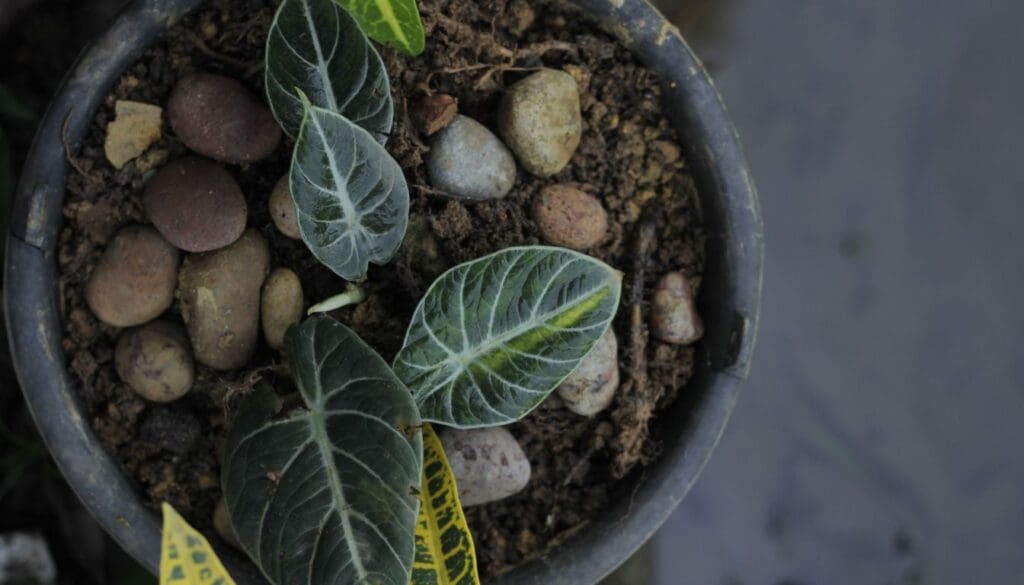
Please note: Simplify Plants is reader-supported. Some links in the post are affiliate links and I get a commission from purchases made through links in the post.
Why are my elephant ears growing small leaves?
Alocasia is loved for its large green leaves; seeing them grow smaller is disheartening.
However, we must understand that we might be making a mistake in their care routine, or the plant might not be getting proper growing conditions in the first place.
Let’s discuss all the reasons that make your alocasia leaves grow smaller.
1) Low light is often the primary reason for smaller leaves in alocasia plant
Alocasia is not a low-light plant, requiring 6-8 hours of bright indirect sunlight.
It is natural for alocasia to grow smaller leaves when it doesn’t get enough light.
Low light means slower photosynthesis.
Your alocasia will not get enough light to produce sufficient energy and food in a low-light area.
Due to a lack of food, the leaves will not get enough energy to grow big and naturally grow much smaller.
How can we improve the lighting around the alocasia?
If you notice that your alocasia is not getting enough light, do these:
- Shift the Alocasia plant to a location with brighter indirect light.
- Use artificial light if your house doesn’t get enough natural light.
Also read: What Kind Of Light Does Alocasia Need? Alocasia Light Requirements
2) Lack of nutrients often leads to smaller leaves in alocasia.
All plants require nutrients for growth.
Without proper nutrients, the growth of the plant is affected.
In the natural habitat, plants get nutrients naturally from the soil.
But as houseplants, the plant will not get nutrients if you don’t fertilize it or if the soil loses all its nutrients with time.
You know why the leaves get smaller if you have not fertilized your alocasia enough.
How to fertilize the Alocasia?

The soil loses nutrients with every watering session, so fertilizing is important.
Also, alocasia is a heavy feeder as it requires sufficient nutrients to maintain its large leaves.
You must fertilize your alocasia with a liquid 20:20:20 NPK fertilizer throughout its growing season.
Once the plant gets all the nutrients it needs, it will grow bigger leaves again.
Also read: What Fertilizer To Use For Alocasia? (Ideal Fertilizer+Dosage Guide)
3) Alocasia grows smaller leaves if you are Underwatering them.
Many plant owners are forgetful about watering their plants, which can cause problems.
If your alocasia is not getting enough water, one of the problems might be that its leaves will grow smaller.
This is because alocasia is a tropical plant that prefers moist soil.
So, whenever the soil goes dry, you must water the plant to keep it healthy.
Without enough water, the alocasia will fail to perform its daily functions, causing a lack of energy.
And your alocasia will not be able to produce bigger leaves without the required energy.
How do I water my alocasia?
If you forget to water your Alocasia plant on time, follow these:
- Set a reminder on your calendar to check on your plant every week or after every few days.
- If the soil feels dry, water your alocasia.
- Water the plant thoroughly every time you water it so the water reaches the deepest parts.
- Use self-watering pots if you don’t have enough time or plan to go on a vacation.
Once your alocasia gets sufficient water, it will bounce back and grow bigger leaves again.
Also read: How To Water Alocasia Plant? (How Much, How Often & More)
4) New leaves emerging during the Dormancy period are smaller than usual.

Alocasia is a tropical plant that goes dormant when the temperatures go low and the air starts drying.
This happens during the winter season.
So, if you notice smaller leaves on your alocasia during winter, dormancy is the reason.
During the dormant period, your alocasia stops focusing on growth.
Instead, it saves up all its energy and focuses only on survival.
The leaves can grow smaller since the plant doesn’t put energy into growth.
What should I do if my alocasia is dormant?
Dormancy is a natural process and not something you need to worry about.
You don’t need to do anything if your alocasia grows smaller leaves during the dormant period.
If you had cared for the plant before it went dormant, it would grow bigger leaves when it comes out of dormancy.
However, make sure to take the right care of your alocasia during the dormant period.
Also read: Do Alocasias Go Dormant? (When, How & How To Make Them Grow)
5) Alocasia leaves get smaller due to heat stress.
Alocasia prefers warm conditions, but it won’t tolerate excess heat.
If you have exposed your alocasia to extreme heat, it will develop problems like smaller leaves.
Your alocasia will get heat stress under the following conditions:
- The plant is exposed to direct sunlight.
- The plant is placed too close to heating devices.
- The plant is placed near the oven in the kitchen.
How to fix this?
If your alocasia is exposed to extreme heat, you must help it improve.
- First, move your alocasia to a location where it will not get direct sunlight.
- You can place the Alocasia 5-7 feet away from the window to prevent it from getting too much heat from the sun.
- Keep it away from heating sources like fireplaces, furnaces, heaters, etc.
- Keep the plant away from the oven if you keep it in the kitchen.
Also read: Alocasia Sunburn: Signs, Causes & How To Fix.
6) Overwatering can result in smaller alocasia leaves.

Alocasia is sensitive to excessive watering and doesn’t enjoy staying in soggy soil.
If you water your alocasia without checking the soil’s moisture, you are making a mistake, which will cause the plant to get overwatered.
When the alocasia gets overwatered, its roots suffocate and fail to function properly.
Due to this, the plant becomes weak and vulnerable and, thus, fails to grow healthy leaves.
Overwatering the plant for an extended period can lead to root rot, even killing your alocasia.
How do I save an overwatered Alocasia?
Take these actions if you think the smaller leaves are a reason behind an overwatered Alocasia.
- Stop watering immediately.
- If you notice still water, tilt the pot to remove it.
- Empty the cache tray if you notice water in it.
- Now, place your alocasia in a well-lit and aerated spot so the excess water can dry quickly.
- You can also take the plant out of the pot. Spread the soil and roots on paper and let them dry. Once they are dry, you can put the plants back in the pot.
- Always check the soil’s moisture level with a moisture meter before watering your alocasia.
However, if the condition has advanced, your alocasia might be experiencing root rot, and you need to address this differently.
If your alocasia has root rot, here’s what you need to do:
- Take the alocasia out of its pot and inspect the roots.
- If you notice soft and brown roots, remove them with a sharp and sterilized pruner.
- Once you have removed the damaged roots, spray fungicide on the healthy ones.
- Get a new pot and fill it halfway with fresh soil mix.
- Repot your alocasia in it and add soil from all sides. Tap the pot from the sides to help the soil settle down.
- Allow your alocasia to recover, and place it in a bright area with indirect sunlight.
Once the plant recovers, you will notice bigger leaves on it.
Also read: How To Save Alocasia From Root Rot? (Causes, Signs & Fix)
7) Overfertilization can result in smaller leaves and leggy stems.
I already explained how a lack of nutrients could make the leaves of your alocasia get smaller, but adding excessive fertilizers can also be the reason!
Extra nutrients lead to leggy growth, root burn, and leaf burn.
If your alocasia has leggy growth, you might notice longer stems with smaller and fewer leaves.
How do I treat an overfertilized Alocasia?
If overfertilization is the reason behind smaller leaves, you must treat your alocasia.
- Start by checking the soil. If you notice a layer of salt on the soil, scrape it off.
- Take the plant out and check the roots. If you notice burned roots, you can prune them and leave behind the healthy ones.
- Stop fertilizing till the plant recovers.
- Once the plant recovers, you will notice bigger leaves again, and then you can resume fertilizing.
- Always fertilize with a diluted dose to avoid overfertilization. You can do this when watering by adding some fertilizer to the water in the watering can.
8) Rootbound plants mostly produce smaller leaves.

If you haven’t repotted the alocasia for a while now, the smaller leaves might be a reason for its rootbound condition.
If your alocasia is rootbound, its roots will not get enough space for growth.
Due to the lack of space, the roots will start growing in a circular motion.
They will fail to absorb the required water and nutrients and send them across the plant.
And this will make your alocasia weak.
How to save a rootbound Alocasia?
If your alocasia is rootbound, repotting it is the only way to save it.
- You must take it out of the current pot.
- Untangle the roots gently.
- Get a bigger pot than the current one by 1-2 inches.
- Prepare a fresh potting mix by adding equal parts of regular potting soil, peat moss, and perlite.
- Now, plant your alocasia in the new pot.
- Provide it with the correct growing conditions.
To avoid this situation, consider repotting your alocasia once in 2-3 years.
Also read: Do Alocasia Like To Be Root Bound? (+When To Repot)
How to make alocasia grow bigger leaves?

You can make your Alocasia leaves grow bigger by addressing these requirements.
| Factor | Requirement |
|---|---|
| Light | Provide 6-8 hours of bright and indirect sunlight daily. |
| Water | Water your Alocasia whenever the soil goes dry. |
| Fertilizer | Water your alocasia whenever the soil goes dry. |
| Soil | Use soil that supports proper drainage and retention. |
| Temperature and Humidity | Fertilize your alocasia with a balanced 20:20:20 NPK liquid fertilizer in the growing season. Stop fertilizing in winter. |
| Winter care | Maintain warm temperatures (65-85 degrees) and high humidity (50-60%) around your alocasia. |
| Cleaning | Don’t keep your Alocasia outside in winter if the conditions are too harsh. Reduce watering and stop fertilizing your alocasia in winter. |
| Avoid overcrowding | Keep the leaves clean so alocasia can photosynthesize efficiently. |

Reference: Alocasia sanderiana, Alocasia micholitziana.
Recommended Garden Supplies
| Product Image | Our Recommended Gardening Supplies | Check Offers! |
|---|---|---|
Top Top
Top
Top
Top
Top
Top
Top
Top | rePotme Houseplant and Tropical Classic Potting Soil Mix | Check Offer On Amazon |
 Top
Top
Top
Top
Top
Top
Top
Top | Espoma Organic Indoor Plant Food | Check Offer On Amazon |
 Top
Top
Top
Top
Top
Top
Top
Top | GooingTop LED Grow Light 6000K Full Spectrum Clip Plant Growing Lamp | Check Offer On Amazon |
 Top
Top
Top
Top
Top
Top
Top
Top | Soil Moisture Meter | Check Offer On Amazon |
 Top
Top
Top
Top
Top
Top
Top
Top | Govee Hygrometer Thermometer, Bluetooth Enabled! | Check Offer On Amazon |
 Top
Top | LEVOIT Humidifiers for Large Room(Best For Plants) | Check Offer On Amazon |
 Top
Top
Top
Top
Top
Top
Top
Top | Upgraded DIY Automatic Drip Irrigation Kit, 15 Potted Houseplants Support | Check Offer On Amazon |
 Top
Top
Top
Top
Top
Top
Top
Top | Stainless Steel Heavy Duty Gardening Tool Set | Check Offer On Amazon |
 Top
Top
Top
Top
Top
Top
Top
Top | Bonide Insecticidal Soap | Check Offer On Amazon |
 Top
Top
Top
Top
Top
Top
Top
Top | Bonide 32 oz Spray Neem Oil for Organic Gardening | Check Offer On Amazon |
 Top
Top
Top
Top
Top
Top
Top
Top | Garden Safe Fungicide | Check Offer On Amazon |

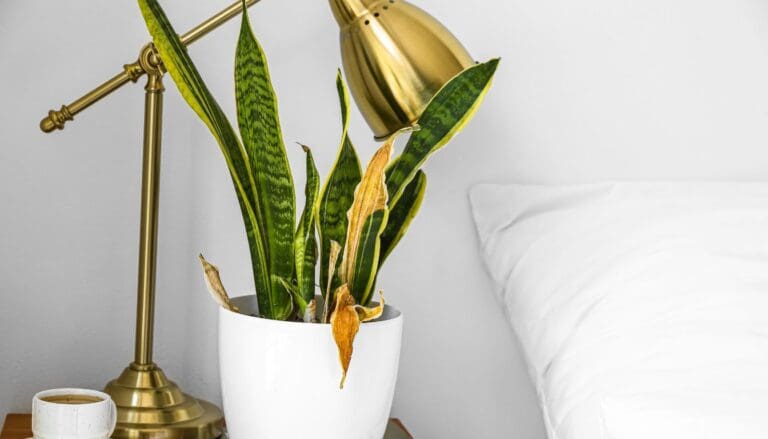
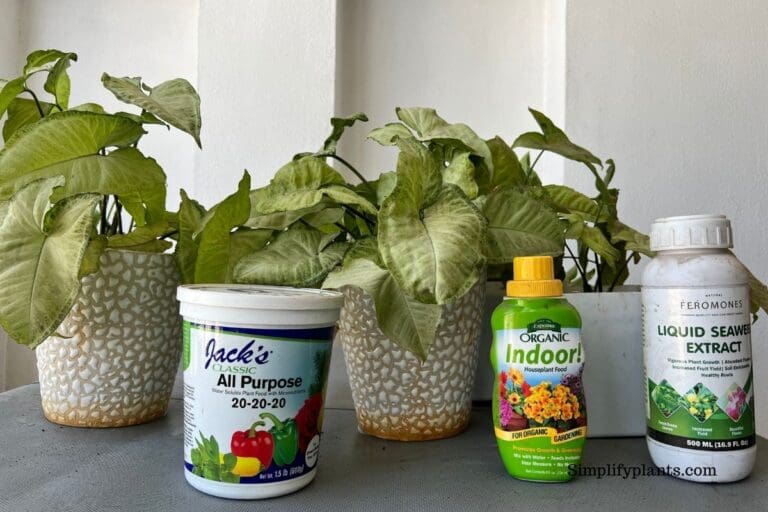
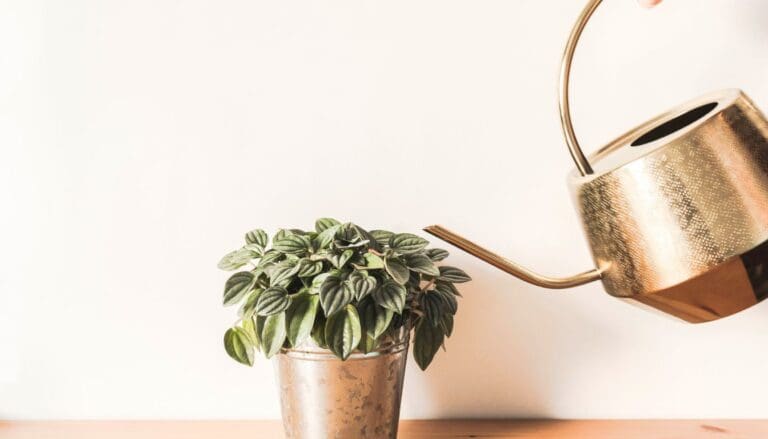
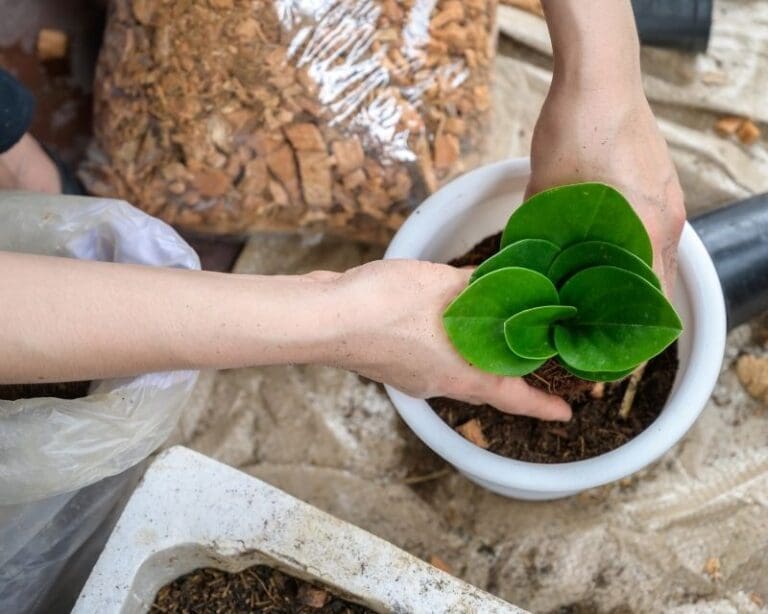


I am from hyderabad India. I bought a alocasia green and received it yesterday, 9 feb 2024 It has about 6″ long leaves with stalks, about 12 to 16 ” long. Some leaves are dark green and some are very light green. I right now put it in a balcony with morning sun . I can move it under a tree that is shielded from afternoon sun . Please advise. Thank you for your post and your time ,with warm regards
siva
Hey there!
Congrats on your new alocasia! The variation in leaf color is normal, often indicating new growth (lighter leaves). Alocasias love bright, indirect light, so the morning sun on the balcony is great. However, they can be sensitive to direct afternoon sun, so moving it under the tree to shield it in the later part of the day is a wise choice. Keep an eye on the moisture level in the soil too, as they like to stay consistently damp but not soggy. Enjoy your beautiful plant!
Warm regards and happy growing! 🌿😊